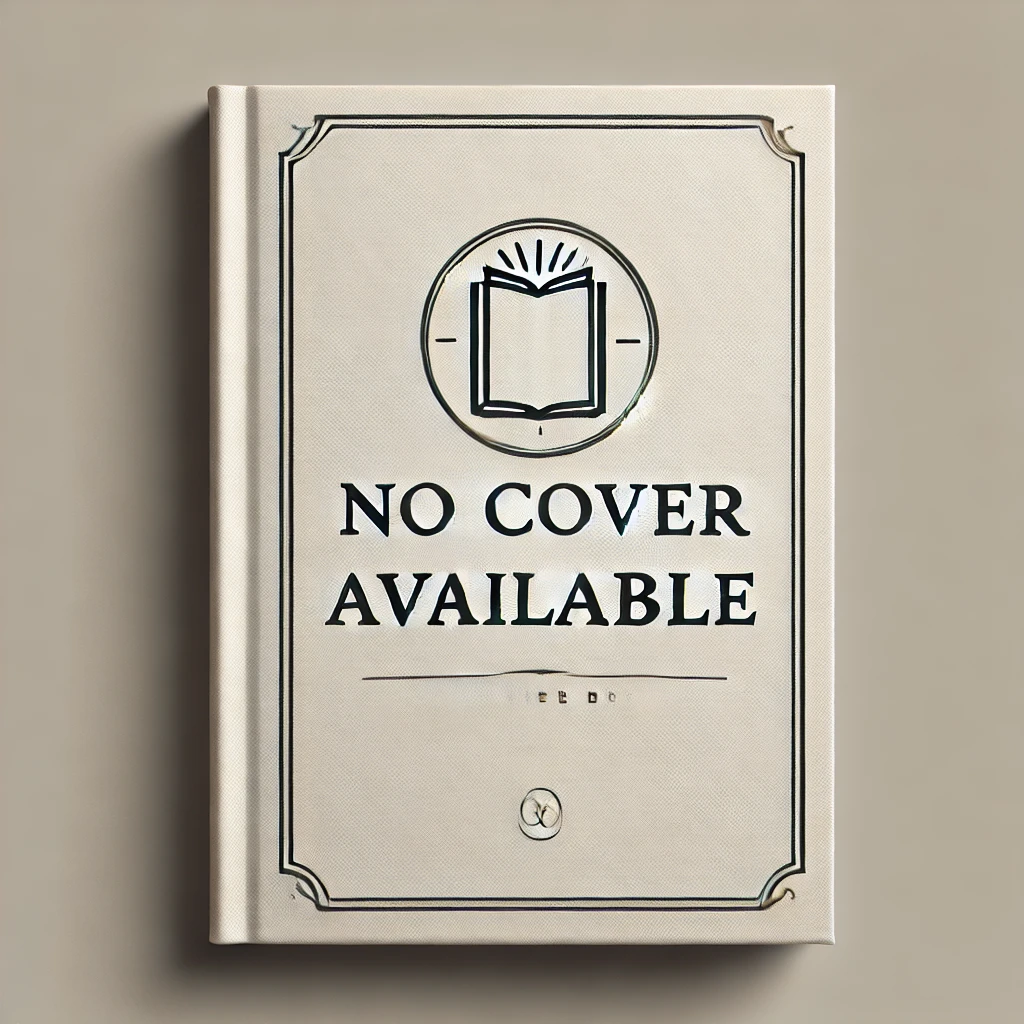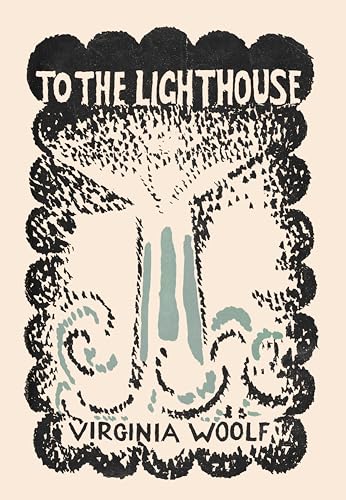Virginia Woolf's novel follows a day in the life of Clarissa Dalloway, an outwardly self-assured London socialite, as she prepares for her party that evening. Mrs. Dalloway's interior monologue flits from preoccupation with the details of her party to memories as a young girl some thirty years ago, and to the subsequent choices she made. She reveals a private umwelt that is torn between the stultifying conventional existence she has chosen to lead and what might have been had she accepted the marriage proposal of bohemian Peter Walsh. On the same day in another part of London - and unknown to Mrs. Dalloway until near the end of her party - is one Septimus Warren Smith, a shell-shocked casualty of the Great War from a class far below hers. Smith's reality is, sadly, more internal than external and the thoughts that beset him on this sunny June day in 1923 are dark and foreboding. Woolf is here very likely drawing on her own mental breakdowns when portraying Smith's fractured world. The inner ruminations of these and other characters in Mrs. Dalloway underline just how little of ourselves most of us allow to be exposed.
Virginia Woolf
Virginia Woolf was a prominent English writer and modernist literary figure. Known for her stream-of-consciousness writing style, she challenged traditional narrative structures and explored themes of gender, class, and mental health in her works. Some of her most notable works include "Mrs. Dalloway," "To the Lighthouse," and "Orlando." Woolf's contributions to literature include her innovative approach to character development and narrative technique, as well as her exploration of the inner lives of her characters. Her most famous work, "Mrs. Dalloway," is considered a masterpiece of modernist literature and a reflection of Woolf's unique literary voice. Woolf's impact on the literary genre is undeniable, as she paved the way for future generations of writers to experiment with form and style in their own works.



